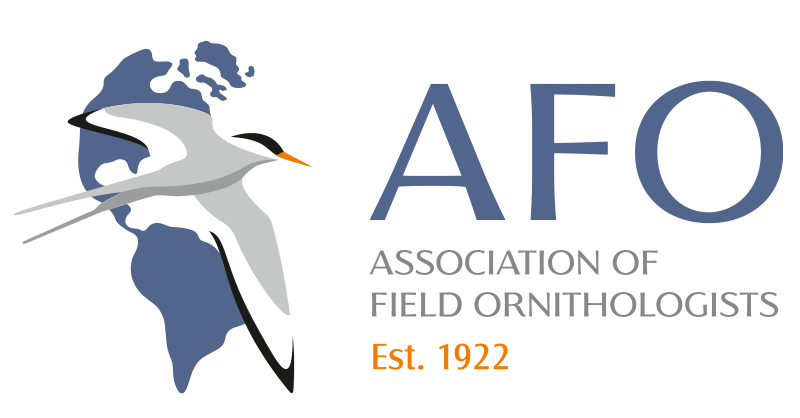With a 100-year history (beginning in 1925 as the Bulletin of the Northeastern Bird-Banding Association), the Journal of Field Ornithology (JFO) represents one of the longest-published research journals in Ornithology. Starting in 2022, as part of our commitment to lowering barriers and increasing access, the journal transitioned to a fully digital and open-access format through our publishing agreement with the non-profit Resilience Alliance. JFO proudly has one of the lowest article-processing charges among open access journals.
Published on behalf of the Association of Field Ornithologists (AFO), JFO publishes original articles that emphasize the descriptive or experimental study of birds in their natural habitats. Articles that depict general techniques, emphasize conservation, describe life history, and/or assess published studies or existing ideas are appropriate. Contributions are encouraged from throughout the world but must be written in English, however, abstracts are translated into an additional language for publication. JFO has a historic focus on studies conducted in the Neotropics and those involving participation by nonprofessional ornithologists. AFO’s vision for the future of JFO includes expanding international contributions and identifying and removing barriers for non-traditional ornithologists.
Here we invite you to apply to join this publishing tradition as the next co-editor-in-chief of JFO for an initial 4-year term, re-confirmed annually by the AFO Council. You will be joining current co-editor-in-chief, Dr. Rafael Rueda-Hernández, who has been co-EiC for the past year and a half, while the outgoing co-EiC, Dr. Mark E. Hauber, will be wrapping up a 5-year term with JFO at the end of March 2026.
As co-editor-in-chief, you will be able to lead JFO in becoming increasingly important within the field of ornithology by broadening its international scope and making a global impact. You will be able to recommend feature issues and solicit review articles. Workload consists of assessing 50% of the submitted papers (ranging from about ~6 to 12 per month) for quality and suitability for peer review. You will then either assign the paper to be handled by an Associate Editor (a pool of ~15-20 AEs) or handle the paper yourself as editor, recruiting peer-reviewers directly. All final decisions about rejection/revision/acceptance lie with the co-editors-in-chief, whether the paper was handled directly or through an AE. You will also be involved in discussing publication matters and journal website issues with the publisher and serve as a member of the AFO Publication Committee and the AFO Council itself. JFO’s publisher is responsible for copy editing manuscripts and AFO offers non-native English speakers an editorial assistance program, which the editorial board can recommend before, during, or after the review process. The average workload is estimated to be 5-6 hrs per week. There is an annual stipend compensation of $7500 for this position. JFO’s current editorial board will offer training and on-boarding. Previous experience as an Associate Editor, Subject Editor, or Editor-In-Chief is desired.
To apply for the position, please submit a 1-2 page cover letter and CV by December 7, 2025. In your cover letter, please share any thoughts on your goals as an editor and how being a co-EIC would aid your professional development. The expected start date is April 1, 2025. Feel free to reach out to the AFO President Matthew Shumar with any questions or concerns. The Association of Field Ornithologists is an international not-for-profit society whose objective is to increase engagement in the conservation of the natural world through the scientific study and enjoyment of wild birds. AFO recognizes that barriers to participation and inclusion exist and is committed to creating and fostering opportunities for people from diverse backgrounds to participate at all levels of the organization. AFO and its affiliated publication, JFO, welcome contributions from researchers and bird enthusiasts of any ethnicity, cultural background, color, age, gender identity or expression, and socio-economic situation.

